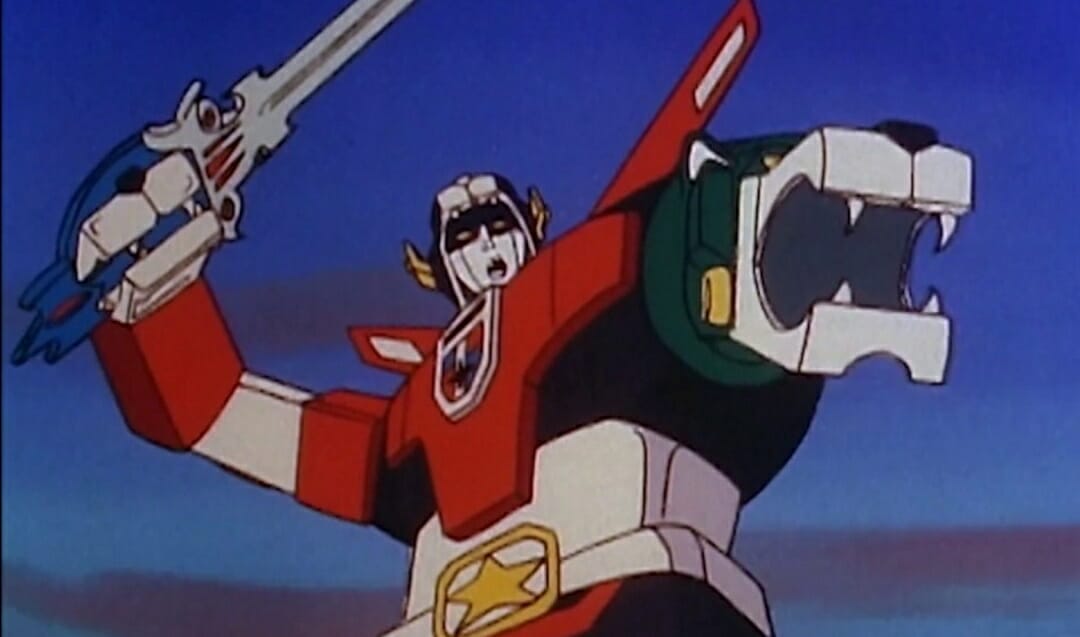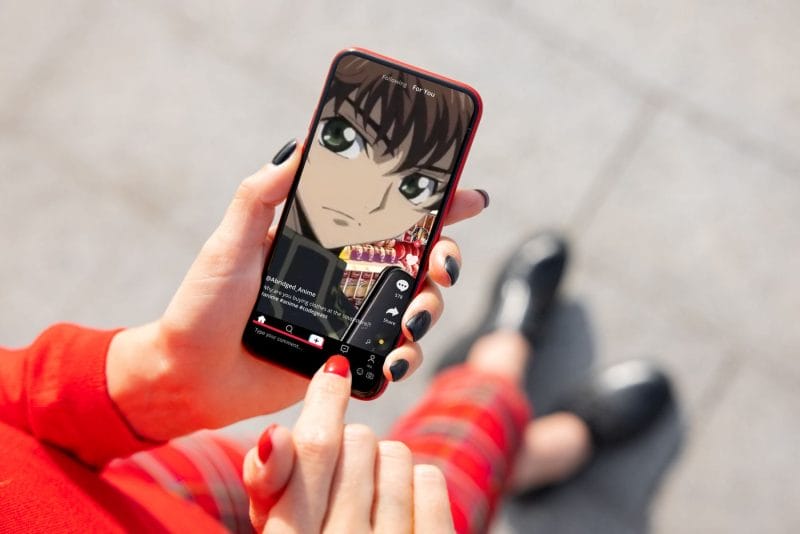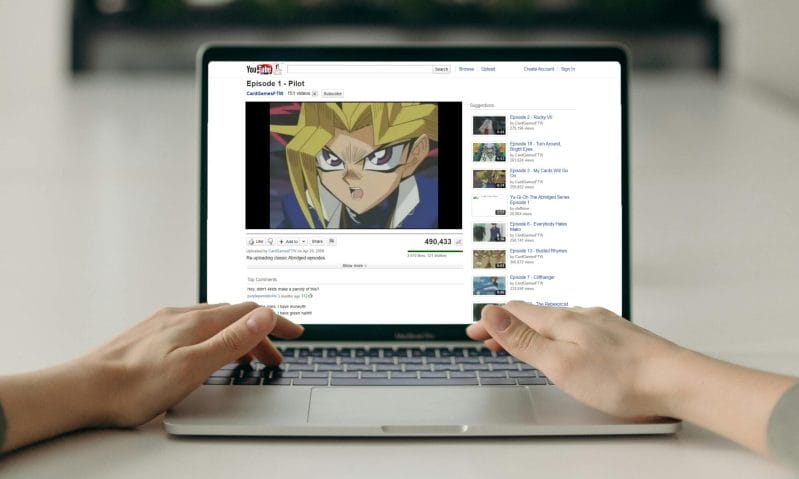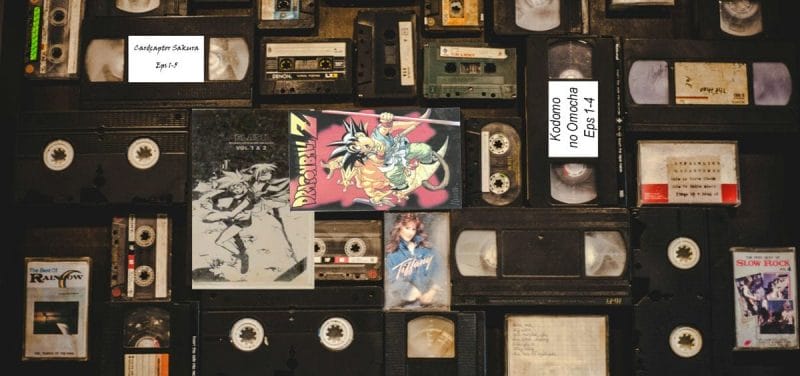The 1970s were a fruitful period for popular media in Japan. Weekly Shōnen Jump debuted in 1969, Rumiko Takahashi launched her manga career with Urusei Yatsura in 1978, and numerous popular works such as Rose of Versailles and KochiKame made their way to the pages of popular manga magazines over the course of the decade. Amidst this time of social movements (when feminist movements rose to prominence), Japan popular culture continued to grow, and mecha emerged as a distinct genre in one of the key developments of the 1970s.
In the wake of genre progenitors like Tetsujin 28-go and Cyborg 009, 1970s mecha shows became grand stories of conflict against invading forces, either from beyond the stars or from advanced civilizations. The first major mecha production of the decade was Mazinger Z, which was serialized in Weekly Shōnen Jump between 1972 and 1973. The creation of the legendary mangaka Go Nagai, Mazinger Z follows the exploits of the eponymous humanoid mecha, which was constructed by reclusive scientist Juzo Kabuto from a special metal known as Super-Alloy Z. This series helped introduce a distinct subgenre of mecha known as Super Robot, which became quite popular as a format in the 1970s; shows within the genre feature various common elements, even if a few details (such as the number of pilots involved) differ.
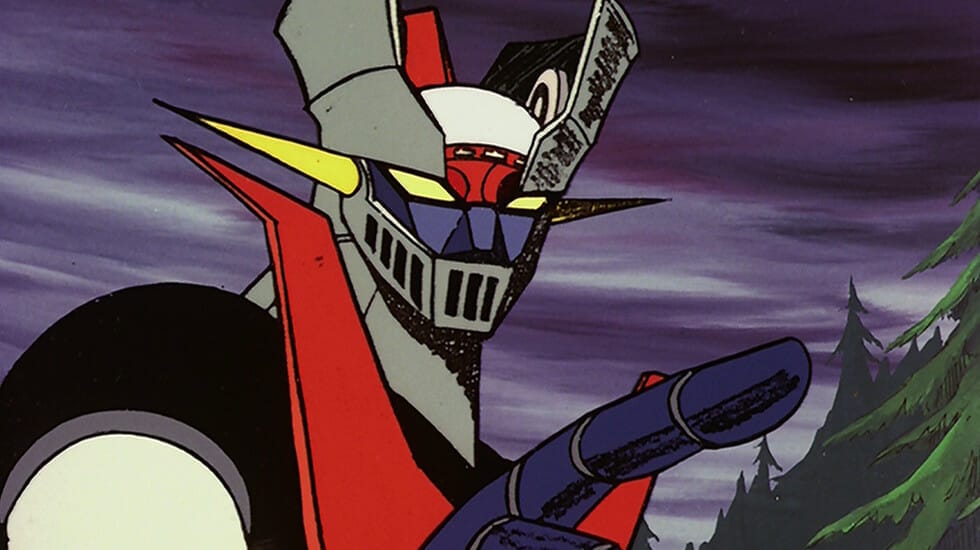
Super Robot shows adopted the “pilot in a cockpit” approach to mecha design, popularized by Mazinger Z. While the wartime manga Denki Dako introduced the concept, Mazinger Z helped make it a common motif in televised mecha programs. Starting with Getter Robo, subsequent mecha anime included multiple pilots, each with their own unique units that could combine to form the eponymous giant robot. Getter Robo also happens to be the first mecha show to explore the idea of a mecha formed through the combination of several smaller units. Furthermore, it had three distinct configurations with different applications (one configuration was best for land combat, for example).
On the note of mecha that formed through the union of various vehicles, said individual vehicles typically had shared an animal or vehicle motif The three units that comprised Getter Robo, for example, were jets called Eagle, Jaguar and Bear. This concept would carry into the 1980s – Dancouga and GoLion both had animal-shaped units, while Space Runaway Ideon featured tanks. The typical mecha plot during this period typically involved a life-or-death struggle against nefarious forces, where the protagonist consists of the titular robot opposing the antagonists who threaten humanity. As an artifact of the medium, works that featured combining mecha typically also included an elaborate combination sequence. These may occur in each episode, and may also involve some sort of catchphrase that initiates the transformation. Voltes V, for example, had the lead pilot exclaim “Let’s volt in!”. Shows within the category also include attacks and abilities unique to each robot – many such robots, such as Zambot 3 and Voltes V, wield a devastating bladed weapon, and Mazinger uses the mighty Rocket Punch.
As an interesting aside, Nagai originally devised the cockpit vehicle as a motorcycle. He concocted the idea of a pilotable mech while in traffic, observing that people caught within the slow-moving wall of vehicles would likely enjoy some means of passing everyone in front of them.
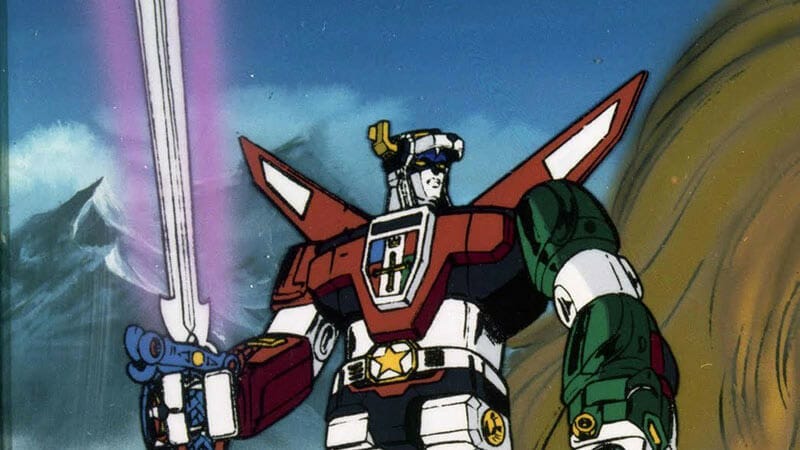
As super robots were popular with children, such shows typically capitalize on merchandising as a means of appealing to its core audience. Plastic toys of the robots appeared on shelves, and children could purchase these toys and play with them as they watched their favorite mecha fight against its extraterrestrial opponents. Mazinger Z helped codify all these concepts when it debuted, while later works iterated upon them.
Although the Super Robot format remained popular through the decade, one anime debuted in 1979, which revolutionized mecha once again. Mobile Suit Gundam, the brainchild of Yoshiyuki Tomino (who previously provided designs for earlier shows such as Voltes V and Brave Reideen), entered the world on April 7, 1979. Tomino and his fellow Sunrise staff, known collectively as Hajime Yatate, initially devised the series under the name Freedom Fighter Gunboy, but renamed it to Gundam at some point. The series examines the militaristic potential of mecha, with mass-produced units assigned to the average soldier and specially-designed units produced for commanders and Newtypes (the “next evolution” of humanity within the series). While Gundam still had echoes of the Super Robot, with Newtype powers and special weapons such as the Gundam Hammer, the series broke from its forebears by contextualizing the robot as a weapon of war.
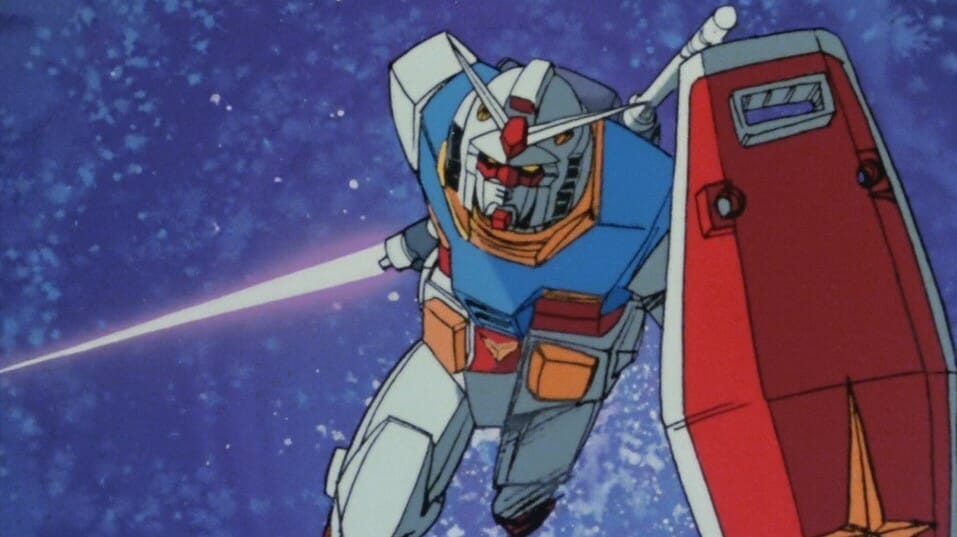
Mobile Suit Gundam followed a conflict among the Earth Federation and its space colonies, which were agitating for independence. One of the colonies, Side 3, witnessed the rise of the Zabi family as the primary antagonists of the series, who would go on to found the notorious Principality of Zeon. The Zabi family became infamous for their despotic rule, with numerous members exercising their authoritarian intent within Zeon’s power structure.
By contrast, the Earth Federation originated as a government devised by the planet’s wealthier nations, during a time when Earth faced numerous challenges like overpopulation and famine. The wealthy elite remained on Earth while the poorer population traveled to the colonies, giving rise to the image of the Federation as primarily for the richer members of society. Gundam presents the conflict in these terms to demonstrate the delicate nature of human interactions. Specifically, it illustrates that humans are capable of fighting each other for control and power, and which is beautifully illustrated by the war between Zeon and the Earth Federation.
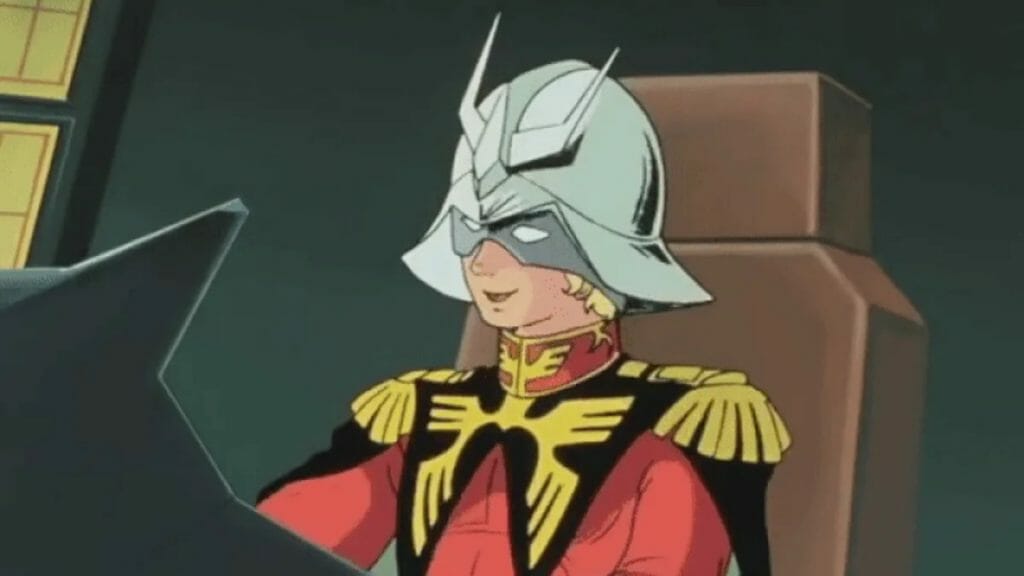
It is impossible to overstate the degree to which Gundam rose to dominate Japanese popular culture. Not only did the series pioneer the Real Robot subgenre, it also introduced the “Char Clone” archetype that has since become a core element of subsequent Gundam titles. Char Aznable, the primary antagonist of the original series, achieved great popularity as a character. The influence of his fame could be felt in numerous similar Gundam antagonists who shared a similar personality type. For example, Gundam Wing found its Char in Zechs Merquise (a.k.a. Milliardo Peacecraft), while “Iron Mask” Carozzo Ronah carried the torch in Gundam F91.
Outside the realm of celluloid, Gundam also popularized a series of plastic model kits that remain popular today. Ironically, though the show’s initial sponsor Clover saw success with die-cast Chogokin toys based on the mobile suits, Bandai purchased the show’s copyright and introduced the plastic kits, which they sold for 300 yen. The phenomenal popularity of the model kits led to a huge industry, known as Gunpla, and helped to further cement Gundam’s continued success as a franchise to this day.
Though Mazinger Z and Mobile Suit Gundam both established new trends within the mecha genre, they were far from the only examples from the 1970s. Between 1972 and 1979, numerous other mecha programs made their way to Japanese television, most of which fell under the Super Robot umbrella. One of them, Gowappa 5 Gōdam (1976), introduced the first female leader in mecha history. The series, which was an early example of a team-centric mecha series, revolves around a group of young pilots who protect the Earth.
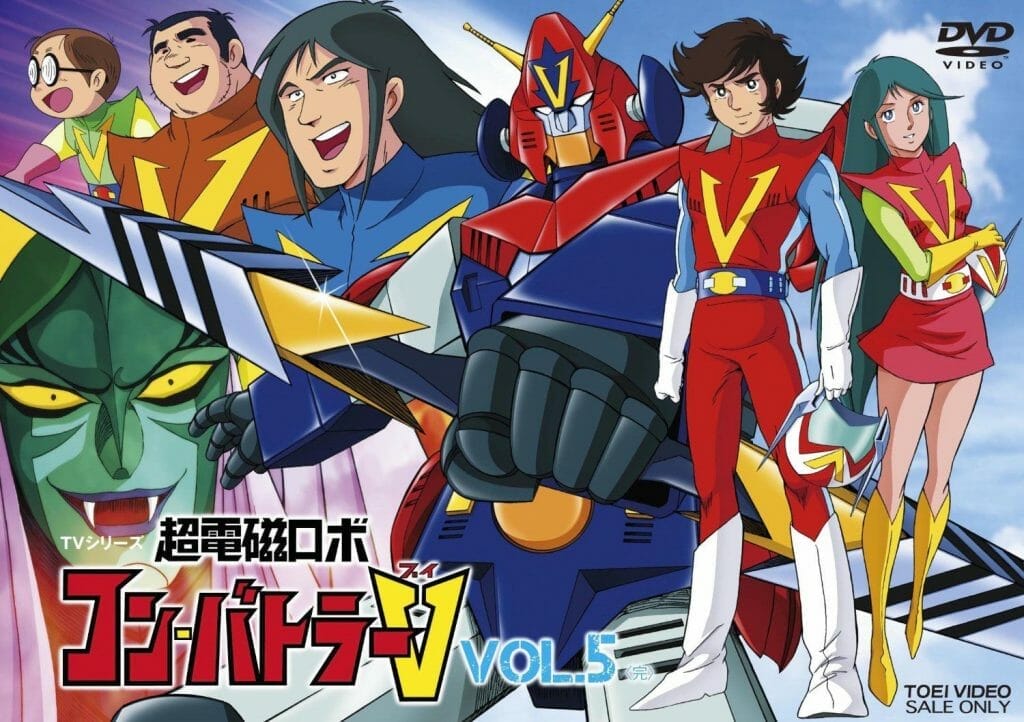
Combattler V, which debuted in 1976, also featured the team dynamic seen in Gowappa 5. Its plot revolves around an alien invasion of Earth, with the inhabitants of the planet Campbell arriving on the planet with the intent of conquering and populating it using their biomechanical beasts. The following year, 1977, saw its own collection of mecha shows, including Dinosaur War Izenborg, a production helmed by Tsuburaya Productions, famous for tokusatsu series such as Ultraman.
The popularity of the Super Robot format would continue into the 1980s, but the 1970s represents its greatest flourishing, as classic works in the genre like Mazinger Z and Getter Robo established its conventions. The 1980s would become a key decade for non-Super Robot productions, as Gundam rose in popularity through various TV productions and OVAs. And though Super Robot shows would continue, they would never rise to the prominence they saw in the 1970s.


